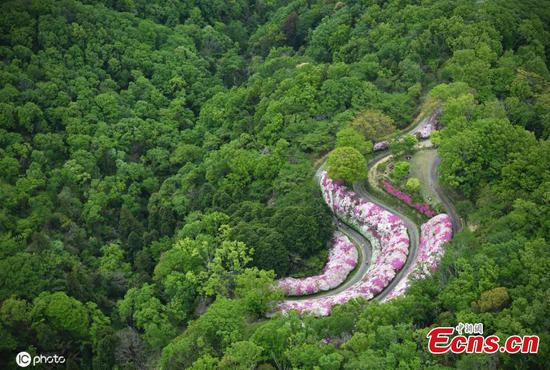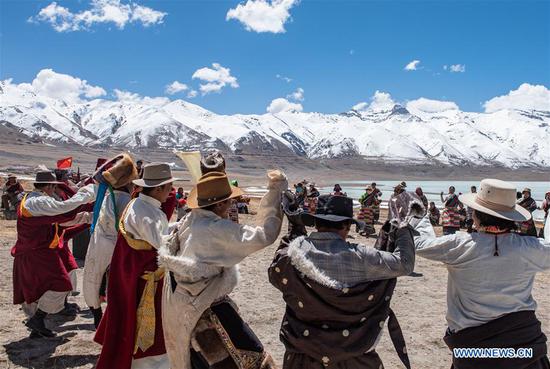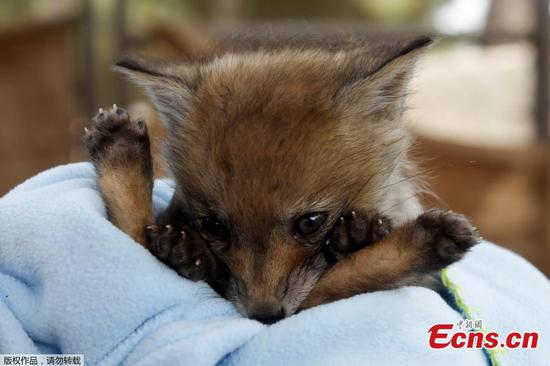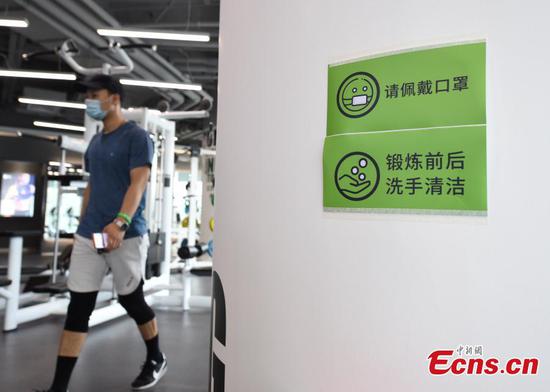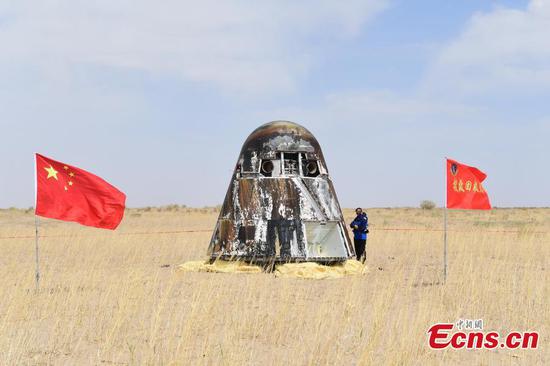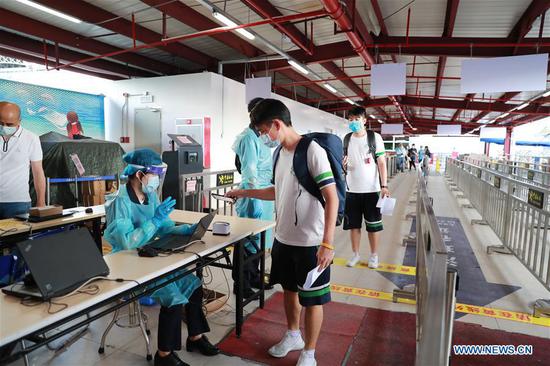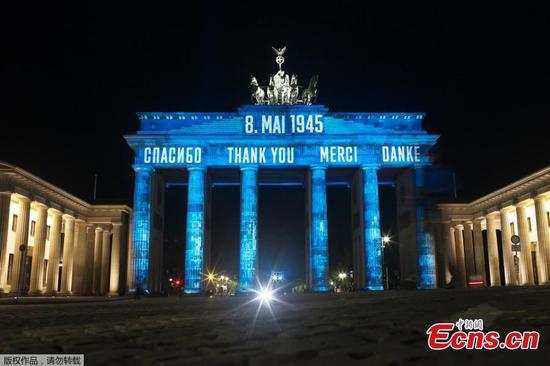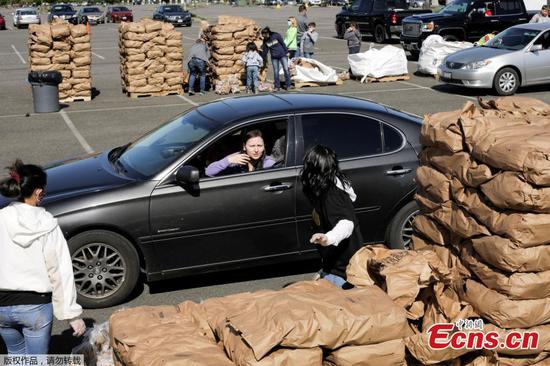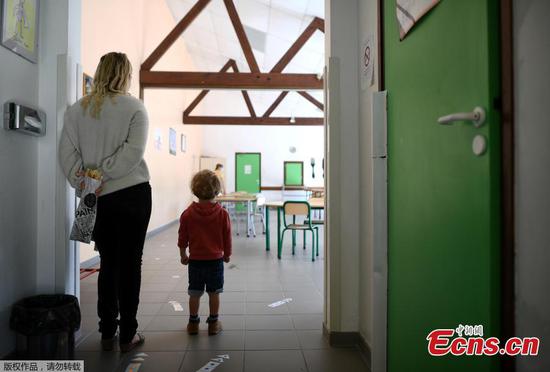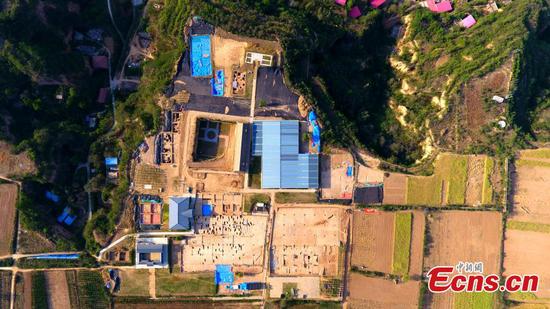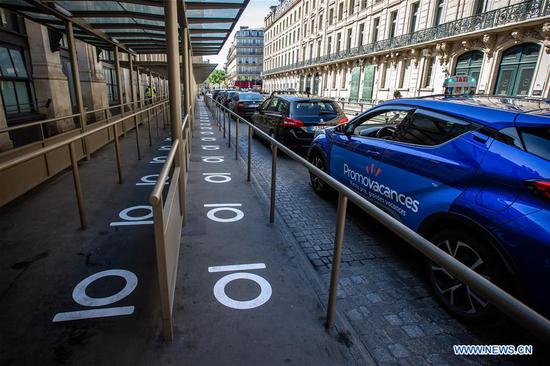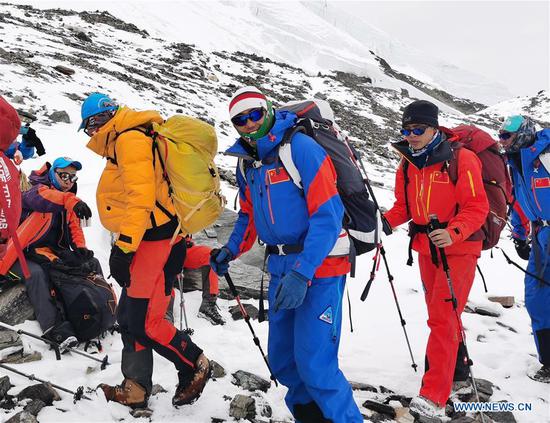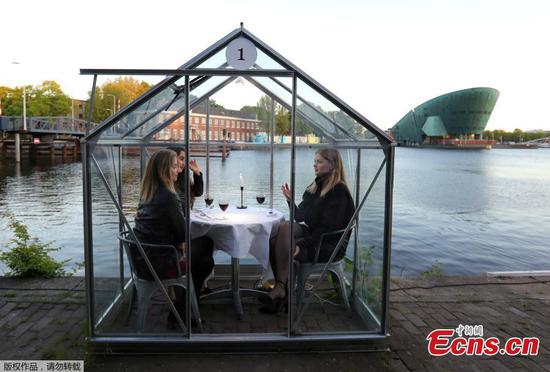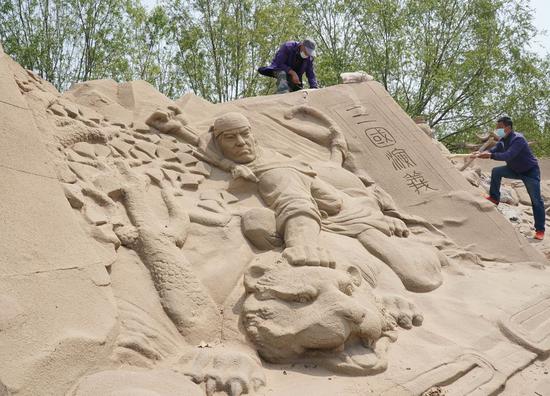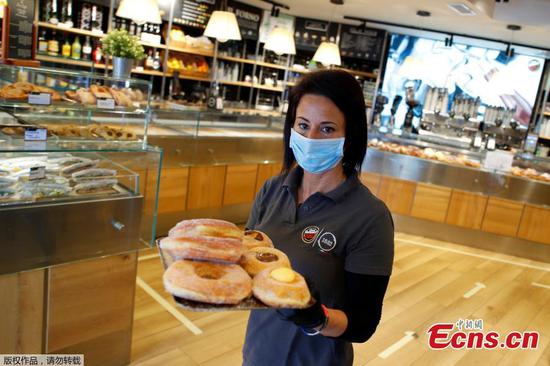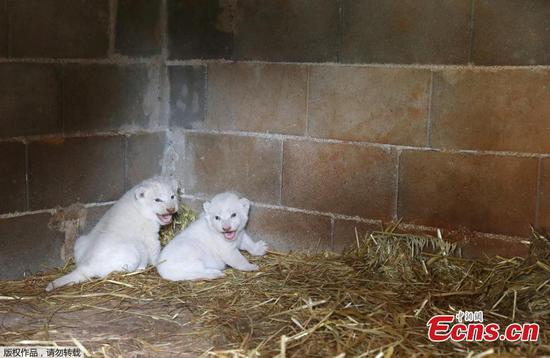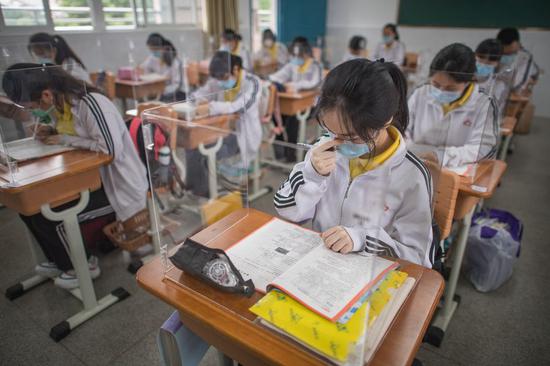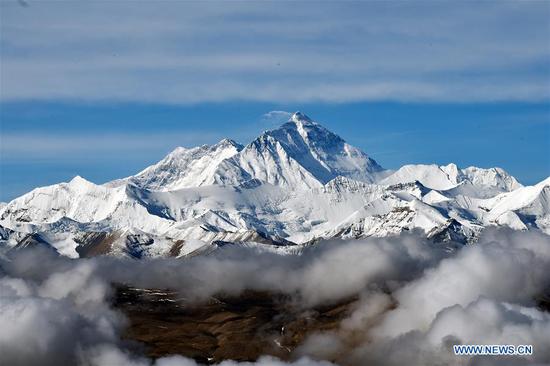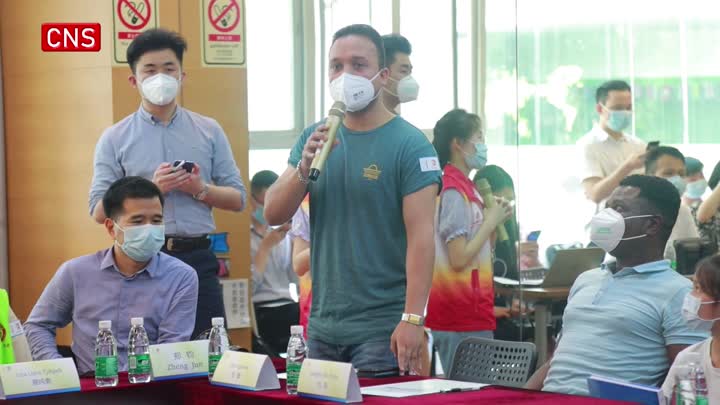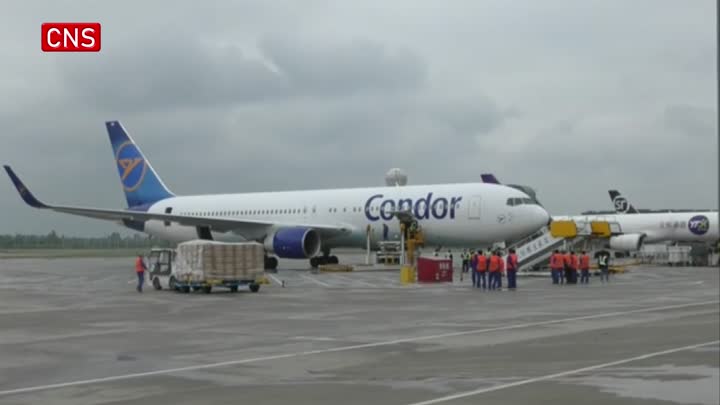Series of aid consignments received from China
Editor's Note: Nations are collaborating in the fight against the novel coronavirus outbreak to limit the damage to people's health and the impact on the global economy. Here, in the seventh part of a series titled "One World, One Fight", we look at how countries can work together.
After a brief nationwide lockdown to curb the spread of COVID-19, most Iranians, including those in the capital Teheran, are now allowed to leave their homes for shopping and work.
Low-risk businesses, including many shops and factories, have resumed operations. Shopping malls and bazaars have reopened, along with parks, gardens and recreational areas, which people can visit as long as social distancing is observed.
Many government offices are also back in business, but occupied by only two-thirds of the staff members to reduce crowding, while a ban on intercity travel has been lifted.
In Qom, a city of 1.2 million people situated 140 kilometers south of Teheran, which was the epicenter of the novel coronavirus pneumonia outbreak in Iran, some 24,000 businesses have welcomed the return of customers.
One bookseller in the city said, "We have disinfected the shop and are providing gloves for customers."
On April 18, when low-risk businesses in Teheran began to reopen, the number of new deaths from COVID-19 in Iran fell to a record low.
The first two confirmed cases of the novel coronavirus were reported in Iran on Feb 19. Later that day, the Ministry of Health and Medical Education said both patients had died in Qom.
In the following days, more people tested positive for COVID-19-many of them either from Qom or with links to the city, the country's seventh-largest.
High-ranking officials were not spared.
On March 2, a council member advising Iran's supreme leader died from the disease at a Teheran hospital-the first top official to succumb to the virus, which has infected some members of the Islamic republic's leadership.
Fatemeh Rahbar, who had just been elected to parliament in Teheran, died from the virus on March 7.
The outbreak hit the country just weeks before Nowruz, the Iranian New Year holiday in late March-traditionally a time for mass gatherings and festivities.
During the two-week celebration period, the number of newly confirmed cases in Iran peaked. A total of 1,028 such cases was reported on March 22, while eight days later, a record 3,186 new cases were confirmed.
Door-to-door screening
Since the start of the outbreak, Iran has made every effort to curb the spread of the virus.
Since March 3, health authorities have formed some 300,000 teams to conduct door-to-door screening. These tests have helped locate those infected with the virus and have cut off transmission routes.
Key companies and factories were authorized by the government to speed up production of detergents, disinfectants and other hygiene products to meet huge demand.
The army has joined health officials and medical workers in battling the virus.
On March 3, Iran's Supreme Leader Ayatollah Ali Khamenei told government agencies, his own office and the armed forces to cooperate fully with the health ministry.
A "biodefense headquarters" was set up by the armed forces to provide extensive services to patients. About 300,000 soldiers and members of Basij, the volunteer force of Iran's Revolutionary Guard, were ordered to sanitize public areas, direct traffic and trace infected patients' contacts.
The army drew up an alternative plan for military parades, aimed at preventing large gatherings of people to contain the virus and help medical workers.
During celebrations to mark Army Day and Ground Force Day on April 17, Iranian military units held health service parades nationwide to show their readiness to assist in the battle against the virus.
The parades were held in Teheran and 24 provincial capitals. Instead of showcasing armaments and military gear, army units displayed disinfection equipment, mobile hospitals, special vehicles for disinfecting and sanitizing public areas, as well as humanitarian aids.
In addition to mobilizing more manpower, Iran has built many hospitals to handle the increasing number of patients.
On March 1, a municipal official in the central province of Yazd said a special hospital would be set up in Yazd city to treat confirmed patients and to contain the virus.
The hospital covers 1,000 square meters and has an emergency ward and a warehouse to store equipment to tackle biohazards.
In early March, Iran's Ministry of Roads and Urban Development prepared 14 new hospitals in different cities to meet the increasing need for treatment.
Makeshift medical centers with thousands of beds opened in venues such as the Teheran International Permanent Fairground. The centers are being used as hospitals or convalescent homes for patients with COVID-19.
Before the Nowruz holiday, the Ministry of Health and Medical Education urged Iranians to avoid unnecessary travel during the break, especially as the pandemic showed no signs of easing.
On March 22, major shopping malls and centers nationwide closed for two weeks to prevent the virus spreading, but pharmacies, supermarkets, groceries and bakeries remained open. Four days later, an intercity travel ban was imposed.
Hossein Zolfaghari, a member of the national headquarters fighting the virus, urged people who traveled during the holiday to return to their home cities immediately, adding that those who ignored the order would face legal consequences.
Meanwhile, tens of thousands of inmates have been temporarily released in Iran to prevent the virus spreading in prisons.
Judiciary chief Ebrahim Raisi said the releases would continue "to the point where this does not create insecurity in society".
A number of industries are playing a key role in the battle against COVID-19.
More than 14,000 workshops have been set up to manufacture face masks, including N95 respirators, for health workers and the public.
Iranian scientists have developed a device that can remotely detect those infected with the virus. By creating a magnetic field, it can locate such cases within a 100-meter radius.
The results of hospital tests show that the device has an 80 percent accuracy rate.
On March 16, the Iranian government agreed to spend an additional $250 million on importing drugs and medical equipment as part of nationwide efforts to tackle the virus.









